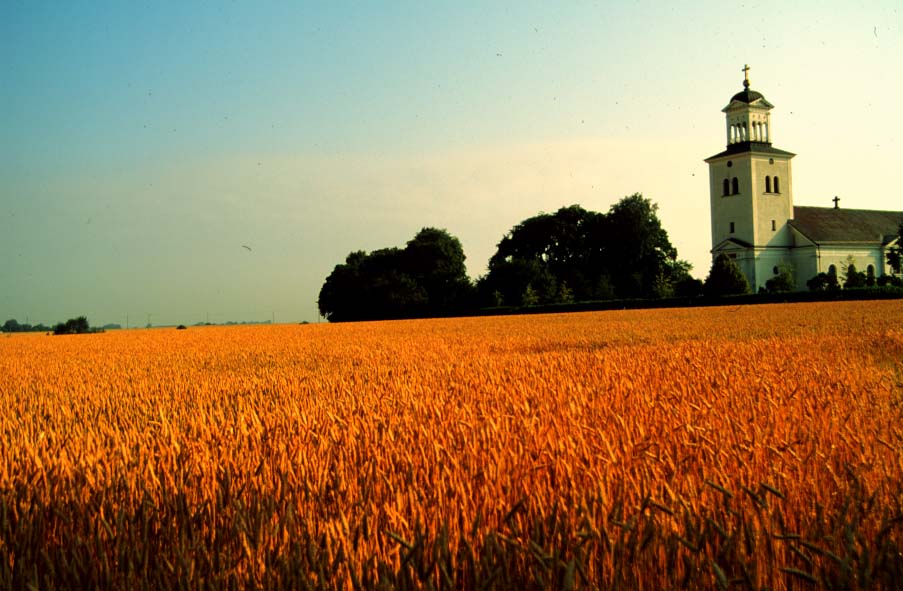
This semester I'm taking the "Mythologies" class taught by Danell Jones. For our first text we have been reading A Short History of Myth by Karen Armstrong, one of the world's foremost authorities on the subject of religion. The book appears as part of the Canongate "Myth Series"-- a series of texts and essays by contemporary authors such as Phillip Pullman, Jeanette Winterson, Margaret Atwood, and others taking a modern look at enduring myths. Some of the authors chose to academically discuss myths while others chose to retell various myths. Due to part of the task of this capstone class, to be the crown of our English Lit. experience, I think bringing in works from other classes and relating them to this class is extremely appropriate if not necessary.
Anyway, back to the subject of epiphany & myth, I found some really interesting claims in Armstrong's A Short History of Myth that really got me thinking about the prevalence to epiphanic experiences in mythology. On page 42., shortly into an introduction to the chapter "The Mythology of the Farmers", she says "the crop was an epiphany, a revelation of divine energy, and when farmers cultivated the land and brought forth food for their community, they felt that they had entered a sacred realm and participated in this miraculous abundance." Armstrong continues to say how myths created by these farmers came to be largely about the relationship between the cycle of growth and harvest through the earth. One can see how the crop rising would be highly epiphanic. Firstly, the crop is growing and rising up; the dimension of height and of ascending have much importance in the placement of the divine.
*This is kind of a cool image tying together the growth of the field to the divine, represented by the church.

Another characteristic of this description of mythic epiphany that I really like is it's characteristic of sustenance giving. Looking back to my Joyce post about epicleti the term epiklesis, for which Joyce found the word epicleti useful, refers to the invocation of the Holy Spirit (the divine) to bless the bread and wine with the holy presence. If you remember, Joyce said of his work "there is a certain resemblance between the mystery of the mass and what I am trying to do... to give people a kind of intellectual pleasure or spiritual enjoyment by converting the bread of everyday life into something that has permanent artistic life of its own... for their mental, moral, and spiritual uplift." Like the epiphanic characteristic of light and dark touched on in my last post, there seems to also be another strong tie between food or sustenance and hunger. The reception of food by the "hungry" tied to the gain of divine knowledge is one of the strongest themes perpetuated in our culture, mainly through the Genesis 3 fruit-of-the-tree-of-knowledge story. As we all know, Eve ate of the Fruit, gave some to Adam, and then "their eyes were opened". This epiphanic moment is most popularly represented through the image of the apple (even physiologically represented in the naming of the Adam's apple bulge on the neck-- think myths aren't at work explaining our world to us?). Like the relationship of light/dark, food/hunger seems to suggest a sort of filling of the empty. This concept should be very important in our further study.

Although I didn't really talk to much about very many specific myths, I think that this introduction helped me quite a bit to show some of the more archetypal representations of what is going on in various mythologies. An interesting project would be to go look for some specific myths, popular and obscure, with strong epiphanic moments. It might be useful for us, while trying to get at the abundance of epiphanies in literature to consider the revelations in myths. From Prometheus bringing fire down to mankind and the character of Hermes, the divine messenger, it seems that epiphanies have played an important role in the ancient tradition at the roots of stories.

No comments:
Post a Comment